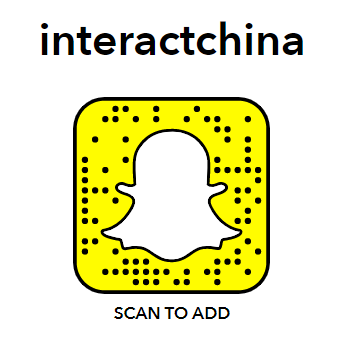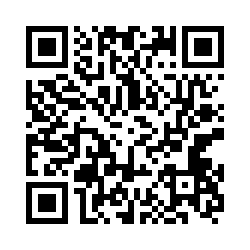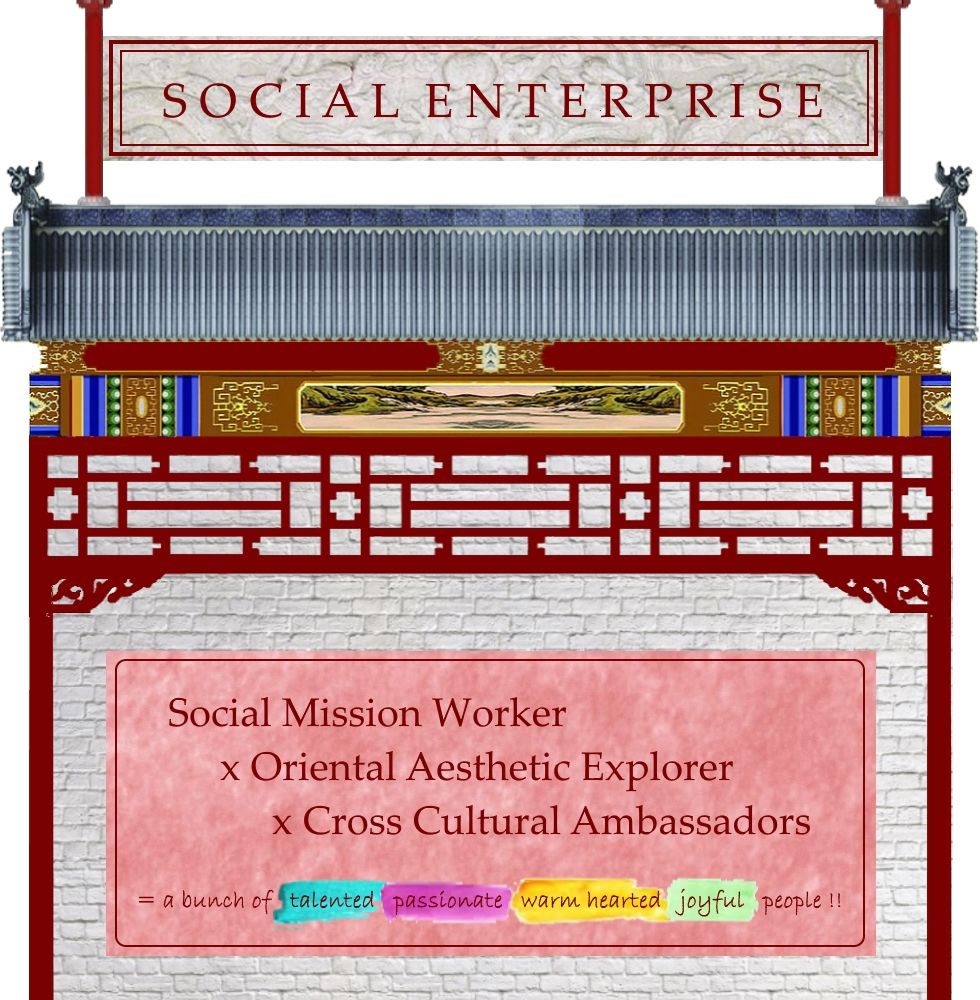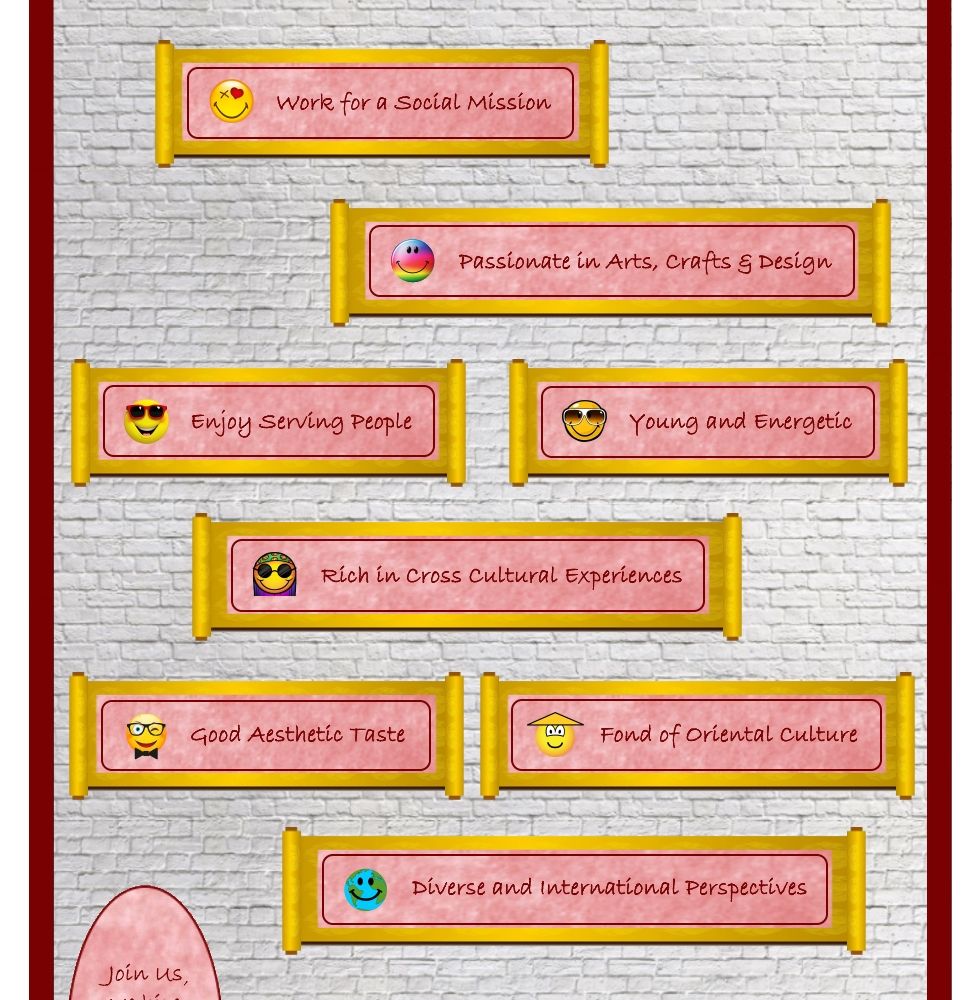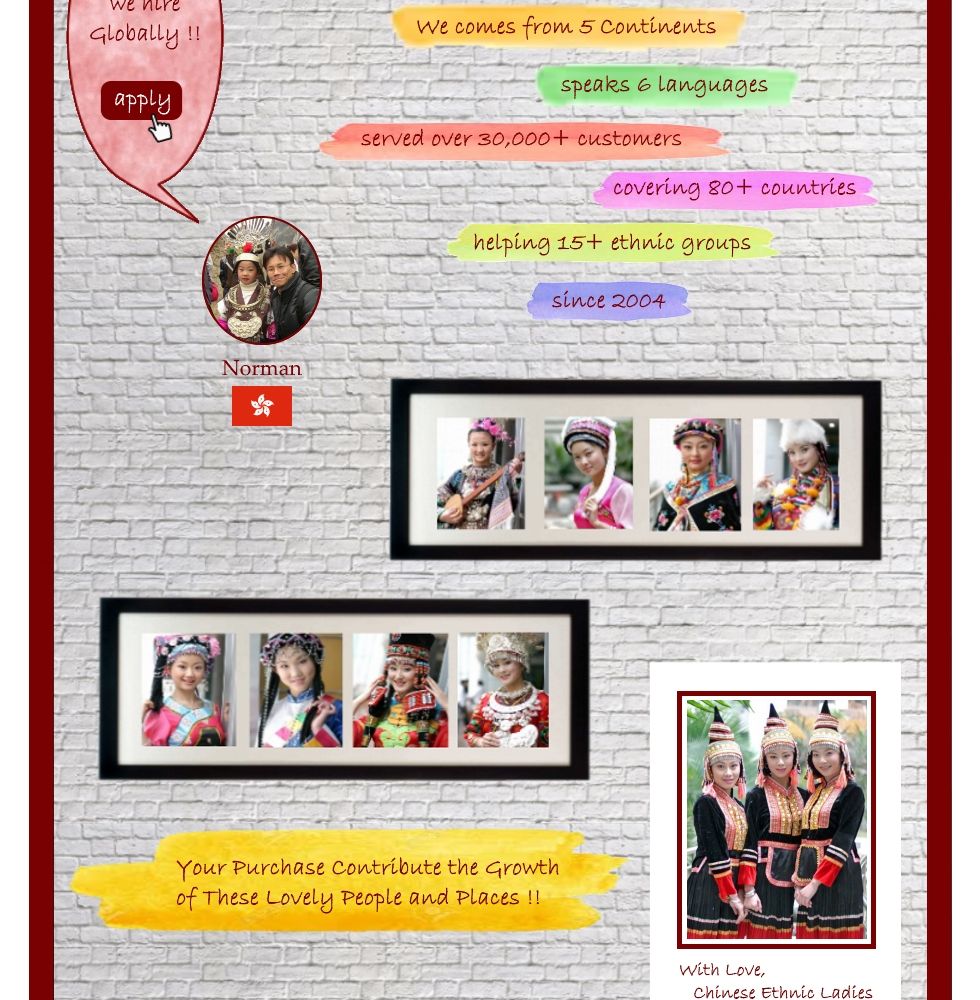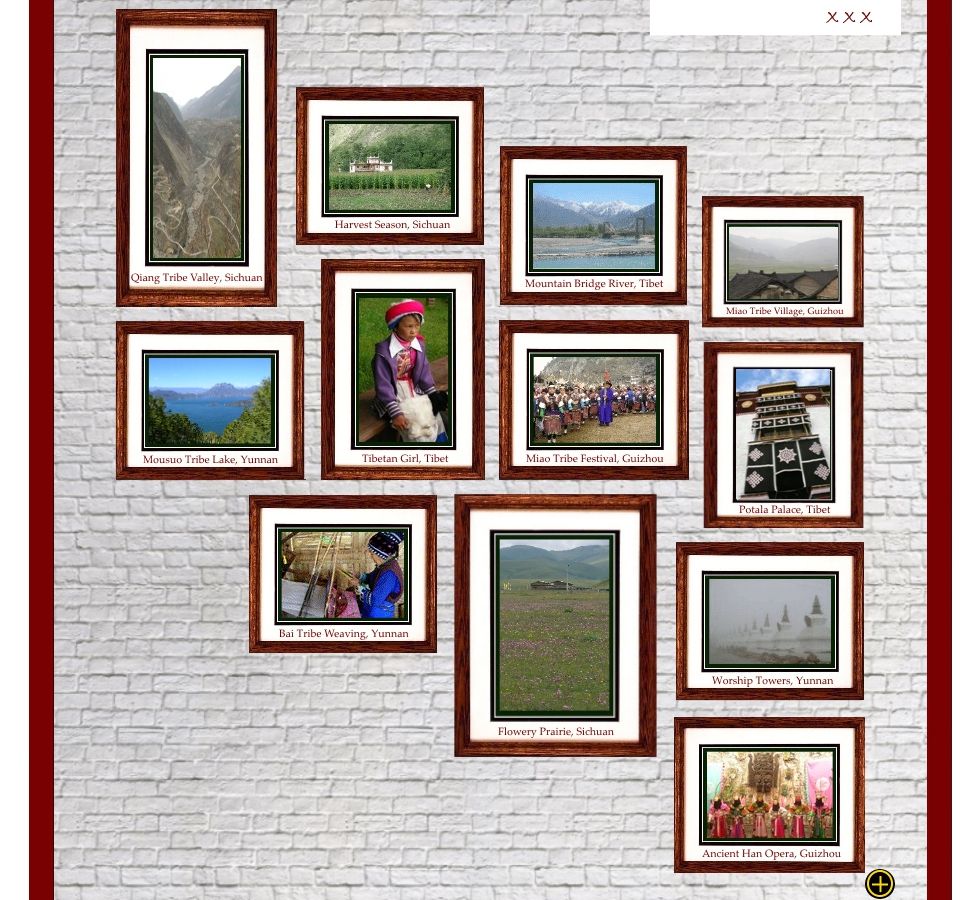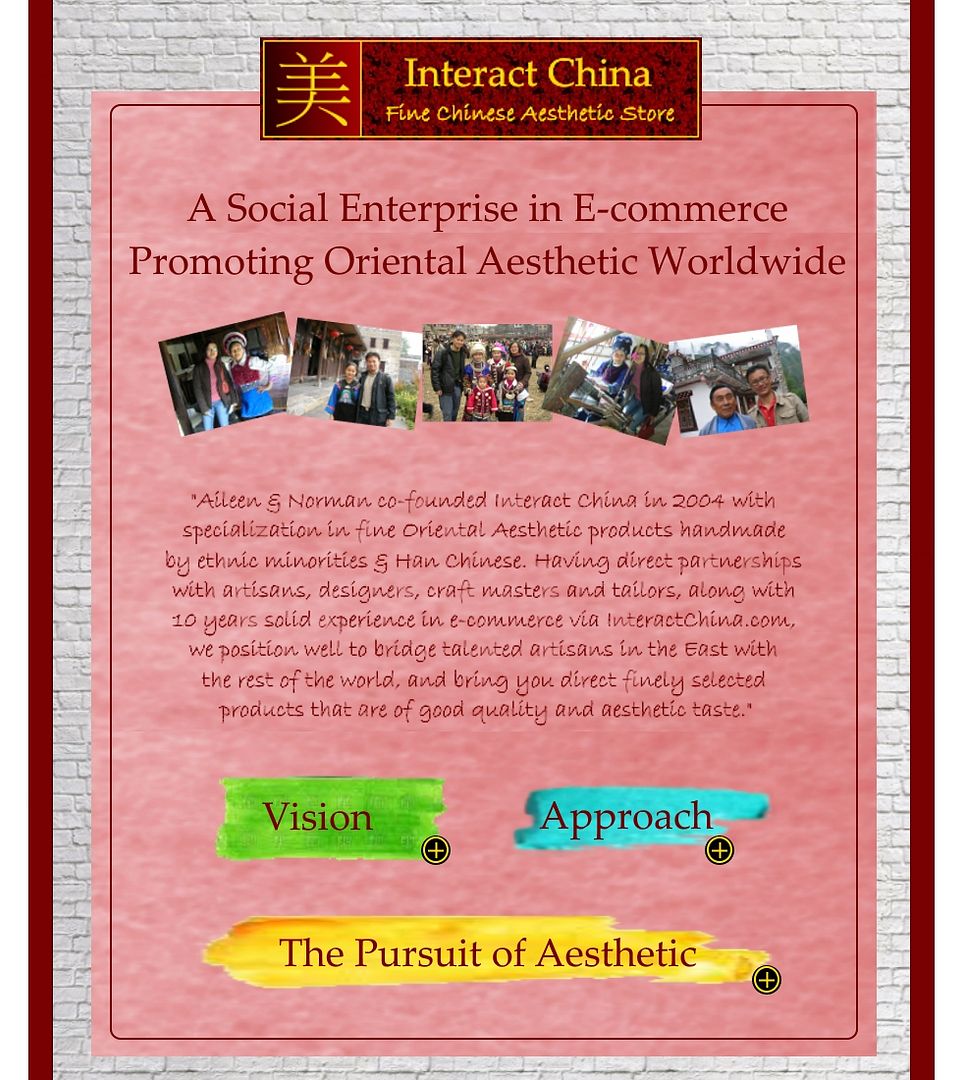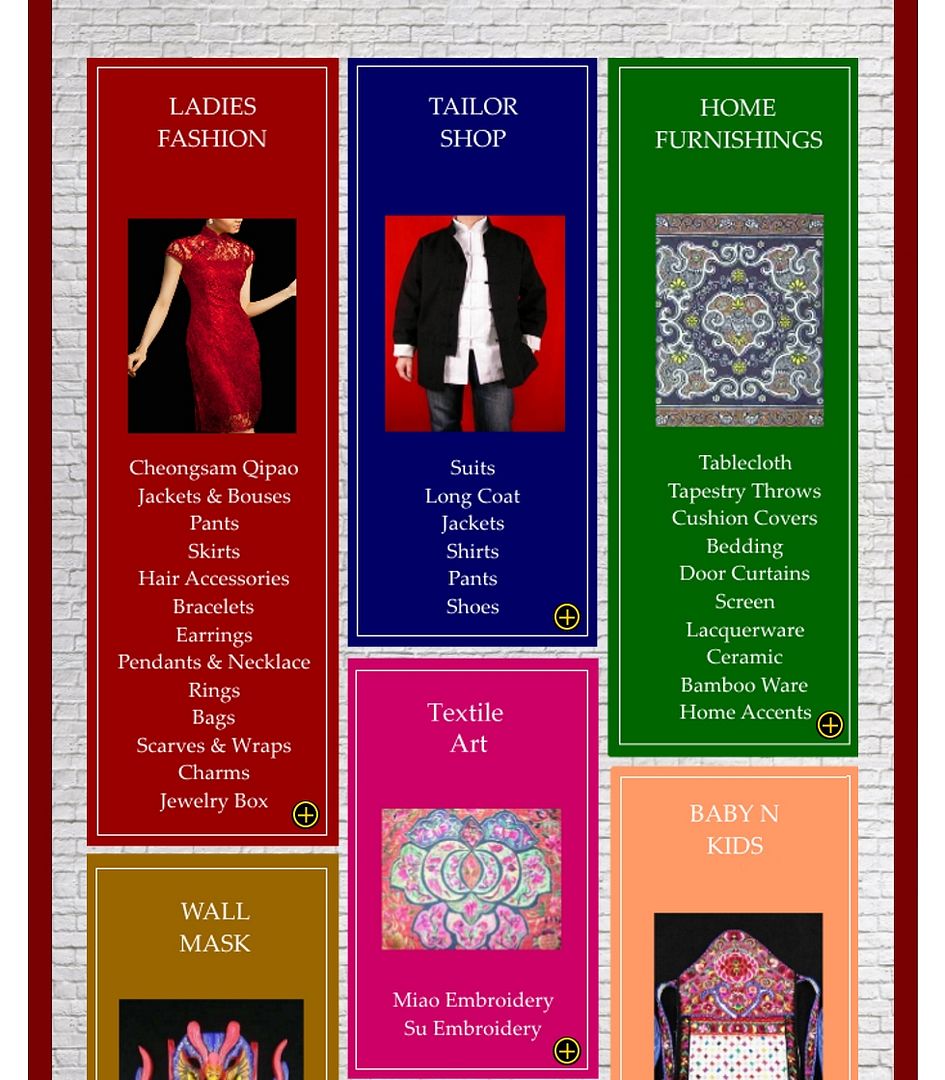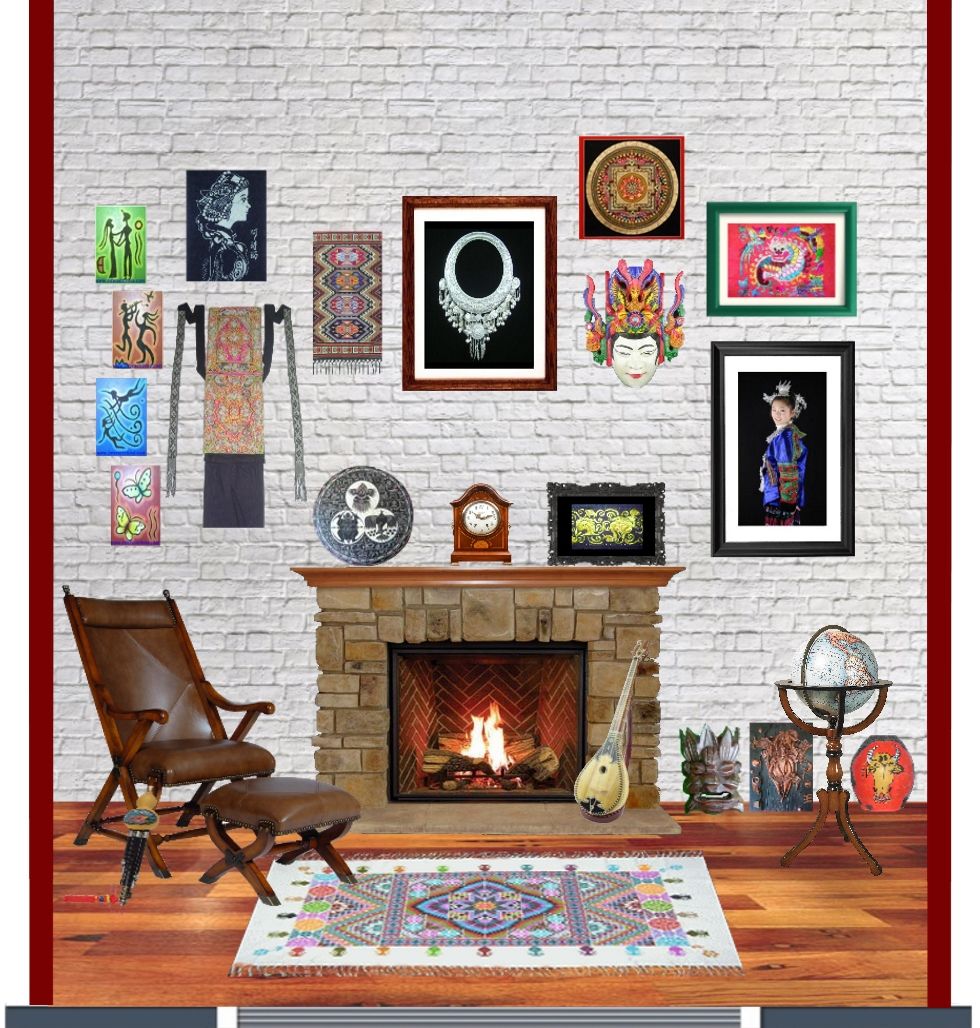Xinjiang keeps the traditional way of making Atlas silk
8th Jun 2017
For more than 1,000 years, traditional craftsmen have been making Atlas silk in Hotan prefecture, Xinjiang Uygur autonomous region. Inspired by the shapes of flowers, leaves and fruits, the people weave beautiful patterns.
 |
Atlas is a traditional type of Xinjiang silk that means “graceful” in Uyghur language. It is a kind of silk fabric with fine intricate patterns that Uygur women like very much, and is renowned for its multiple and resplendent colors. Usually the colors include sharp contrasts such as viridis, sapphire, indigo, yellow, peach, orange, gold, mauve, black, white, etc. The patterns are well-knit and lifelike, representing the light and color of nature. Atlas silk is soft, flexible, beautiful in patterns and excellent in quality. It is used by the local people not only for costuming but also as an interior ornament.
Drawing Silk
 |
The first step is drawing silk. The cocoons have to be sorted out first and the dirty and abnormal-shaped cocoons have to be boiled in water for about 15 minutes until the cocoons change to green color and are soaked with water. Then a stick is used to stir the cocoons and twist the fiber threads of the raw silk into strands. Normally, 25-30 threads make one strand.
Coloring the silk
 |
Once the silk has been extracted it can be tied and dyed using a tie-dye or dye-resist process. It means plastic bags are used to bundle the threads up before coloring each part.
Based on the design requirement, different patterns are made by staining lightly or deeply. Different colors are made by bundling up different parts each time and dipping into different colored dyestuffs. To get the multi-coloured patterns the silk may be dyed one colour at a time. The traditional Atlas silk has four basic shades: black, red, yellow and multi-color.
Minerals like alum, indigo and natural plant extracts like walnut skin, jujube skin, and tamarisk are used to make dyestuffs.
Tying the silk
 |
The silk is secured to a wooden frame and then tied up according to traditional patterns. Once the threads are placed into patterns the thread is loaded onto the machines for the weaving to be done.
Weaving
 |
In accordance with the designed patterns, workers start weaving on top of the basic colors. Normally, a handmade Atlas silk is 6.45 meters long and 0.45 meters wide.
The traditional weaving method requires workers using their hands and feet at the same time and one person can produce 3-4 meters long silk per day.
 |
Known for its softness, lightness, and bright colored patterns, Atlas silk is made through a complicated process and is extremely popular among Uygur women in Xinjiang. Nowadays, the traditional silk garment has been fused with modern design and is becoming more fashionable.
by Xiao Xiao xiaoxiao@interactchina.com
About Interact China
-----------------------------------------------------------------------------------------------------------------------------
"A Social Enterprise in E-commerce Promoting Oriental Aesthetic Worldwide"
Aileen & Norman co-founded Interact China in 2004 with specialization in fine Oriental Aesthetic products handmade by ethnic minorities & Han Chinese. Having direct partnerships with artisans, designers, craft masters and tailors, along with 10 years solid experience in e-commerce via InteractChina.com, we position well to bridge talented artisans in the East with the rest of the world, and bring you direct finely selected products that are of good quality and aesthetic taste.
So far we carry 3000+ goods covering Ladies Fashion, Kungfu Clothing, Home Furnishings, Babies & Kids, Painting Arts, Textile Arts, Carving Arts, Tribal Jewelry Art, Wall Masks and Musical Instruments. Our team speak English, French, German, Spanish and Italian, and serve customers worldwide with passion and hearts.
-----------------------------------------------------------------------------------------------------------------------------
P.S. We Need People with Similar Passion to Join Our Blogging Team!
If you have passion to write about Oriental Aesthetic in Fashion, Home Decor, Art & Crafts, Culture, Music, Books, and Charity, please contact us at bloggers@interactchina.com, we would love to hear from you!






